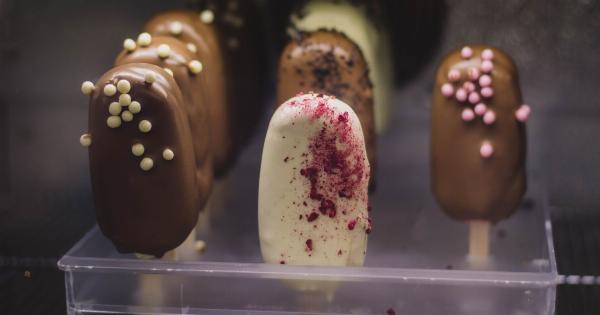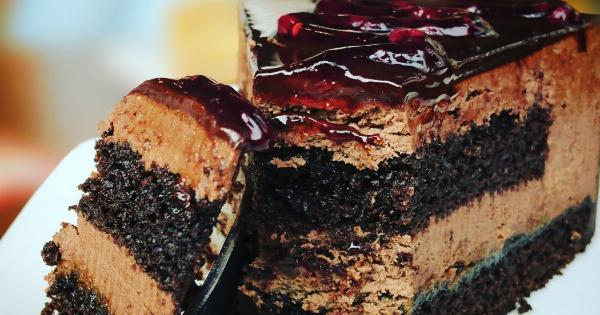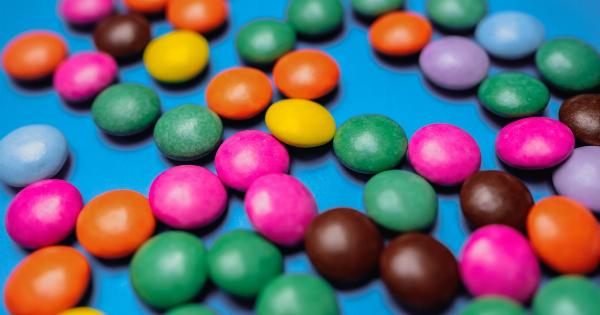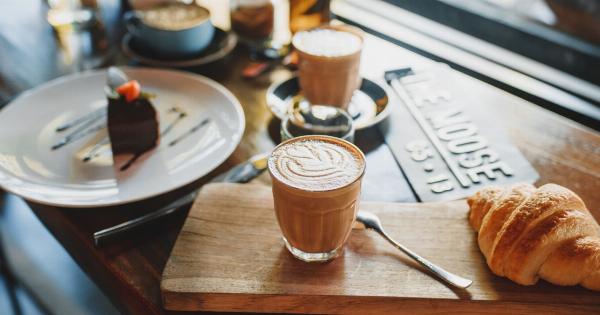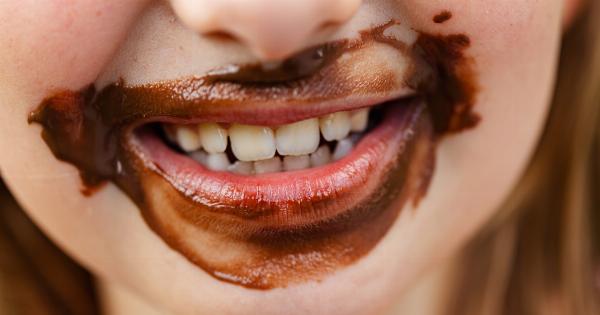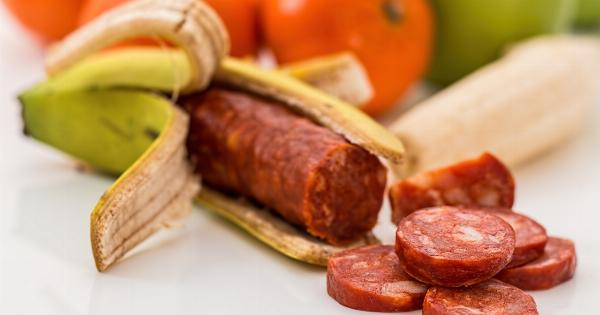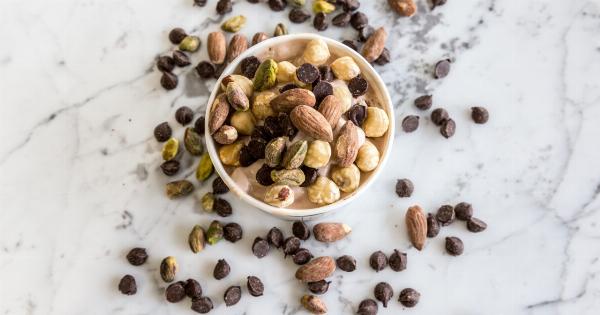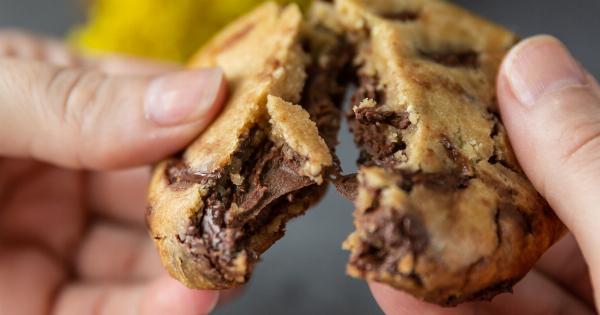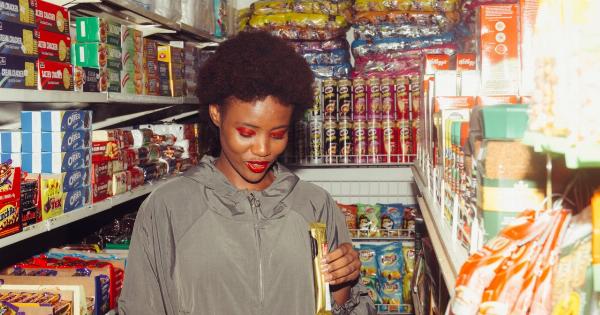Chocolate – the mere mention of the word is enough to make mouths water and hearts skip a beat. It is a widely cherished treat that has captivated the hearts and taste buds of millions around the world.
But what makes chocolate so universally loved? Let’s delve into the complex appeal of this delectable delight and discover why it has become synonymous with indulgence and pleasure.
The Origin Story
Chocolate, derived from the cacao bean, has a rich history that dates back thousands of years. The ancient Mayans and Aztecs worshipped cacao and valued it so highly that it was often used as currency.
They believed that chocolate was a sacred gift from the gods, revered for its intoxicating aroma and divine taste.
It was not until the 16th century that chocolate was introduced to Europe by Spanish explorers returning from their adventures in the Americas. Initially, it was consumed in the form of a bitter beverage, as sugar had not yet been added.
However, over time, chocolate underwent a transformation, and its popularity surged.
Chemical Magic: The Power of Endorphins
One of the key factors behind chocolate’s universal appeal lies in its ability to influence our brain chemistry.
Chocolate contains several biologically active compounds, including phenylethylamine (PEA), serotonin, and anandamide, which trigger the release of endorphins – our brain’s feel-good chemicals. This explains why consuming chocolate often results in feelings of euphoria and well-being.
Scientists have also discovered that chocolate contains small amounts of a compound called N-acylethanolamine, which slows down the breakdown of anandamide in our bodies.
Anandamide, often referred to as the “bliss molecule,” is responsible for heightening feelings of happiness and relaxation. This combination of compounds creates a blissful experience that keeps chocolate lovers coming back for more.
Texture: The Melt-in-Your-Mouth Sensation
Aside from its enticing aroma and magical effects on the brain, chocolate’s texture plays a vital role in its allure. The smooth, velvety texture that chocolate boasts is the result of its unique composition and production process.
When chocolate undergoes tempering, a process of heating and cooling, it forms stable cocoa butter crystals that give it the desirable smoothness.
As soon as a piece of chocolate melts on the tongue, it releases a cascade of sensory delights, and the rich flavors are fully unleashed, creating an unmatched sensual experience.
A World of Flavors
Beyond its distinctive texture, chocolate tantalizes our taste buds with a vast array of flavors.
From the intense bitterness of dark chocolate to the creamy sweetness of milk chocolate, and the complex blend of spices in flavored varieties, there is a chocolate for every palate.
Artisanal chocolatiers push the boundaries of creativity by experimenting with unique flavor combinations and incorporating exotic ingredients. The possibilities are endless, with chocolates infused with fruits, nuts, spices, and even bacon.
This diversity of flavors ensures that chocolate lovers can find new and exciting taste experiences with each bite, further enhancing their love for this decadent treat.
The Health Halo
The appeal of chocolate extends beyond its taste and texture. Over the years, numerous studies have highlighted potential health benefits associated with chocolate consumption.
Dark chocolate, in particular, is a rich source of antioxidants, primarily flavonoids, which have been linked to various health benefits.
Flavonoids possess anti-inflammatory properties and have been shown to improve cardiovascular health by reducing the risk of heart disease and lowering blood pressure.
Additionally, dark chocolate contains minerals such as magnesium, iron, and copper, which are essential for various bodily functions.
While these health benefits are most pronounced in dark chocolate with high cocoa content, even milk chocolate, though less potent, provides some advantages.
A Symbol of Affection
Chocolate has transcended its status as a mere treat and has become an enduring symbol of affection and love.
Whether given as a gift on special occasions or shared between loved ones, chocolate has the power to convey emotions in a way that few other things can.
Its association with romance and pleasure can be traced back to the time of the Aztecs, who believed that chocolate was an aphrodisiac.
Today, chocolate is still widely associated with love and is a common indulgence on Valentine’s Day, anniversaries, and date nights. It serves as a tangible expression of adoration and appreciation, making it a gift that is both thoughtful and universally appreciated.
An Ethical Concern: The Dark Side of Chocolate
Despite its many virtues, the chocolate industry has faced its fair share of challenges. The sourcing of cocoa has come under scrutiny due to concerns surrounding child labor and deforestation in cocoa-producing regions.
Global initiatives have been implemented to combat these issues, promoting fair trade and sustainable practices within the industry.
By supporting ethically sourced chocolates, consumers can enjoy their favorite treat with peace of mind, knowing that their indulgence is not at the expense of vulnerable communities or the environment.
Celebrating the Divine Delight
Chocolate’s complex appeal lies in its ability to satisfy our cravings on multiple levels.
Whether it’s the release of endorphins that brighten our mood, the captivating texture that melts in our mouths, the myriad of flavors that tickle our taste buds, or the symbolism of love and affection, chocolate has firmly established itself as a beloved indulgence.
As we continue to explore the wonders of chocolate, it is crucial to seek out sustainable and ethically sourced options.
By supporting responsible chocolate producers, we can ensure that we not only satisfy our cravings but also contribute to a better world with every delectable bite.


